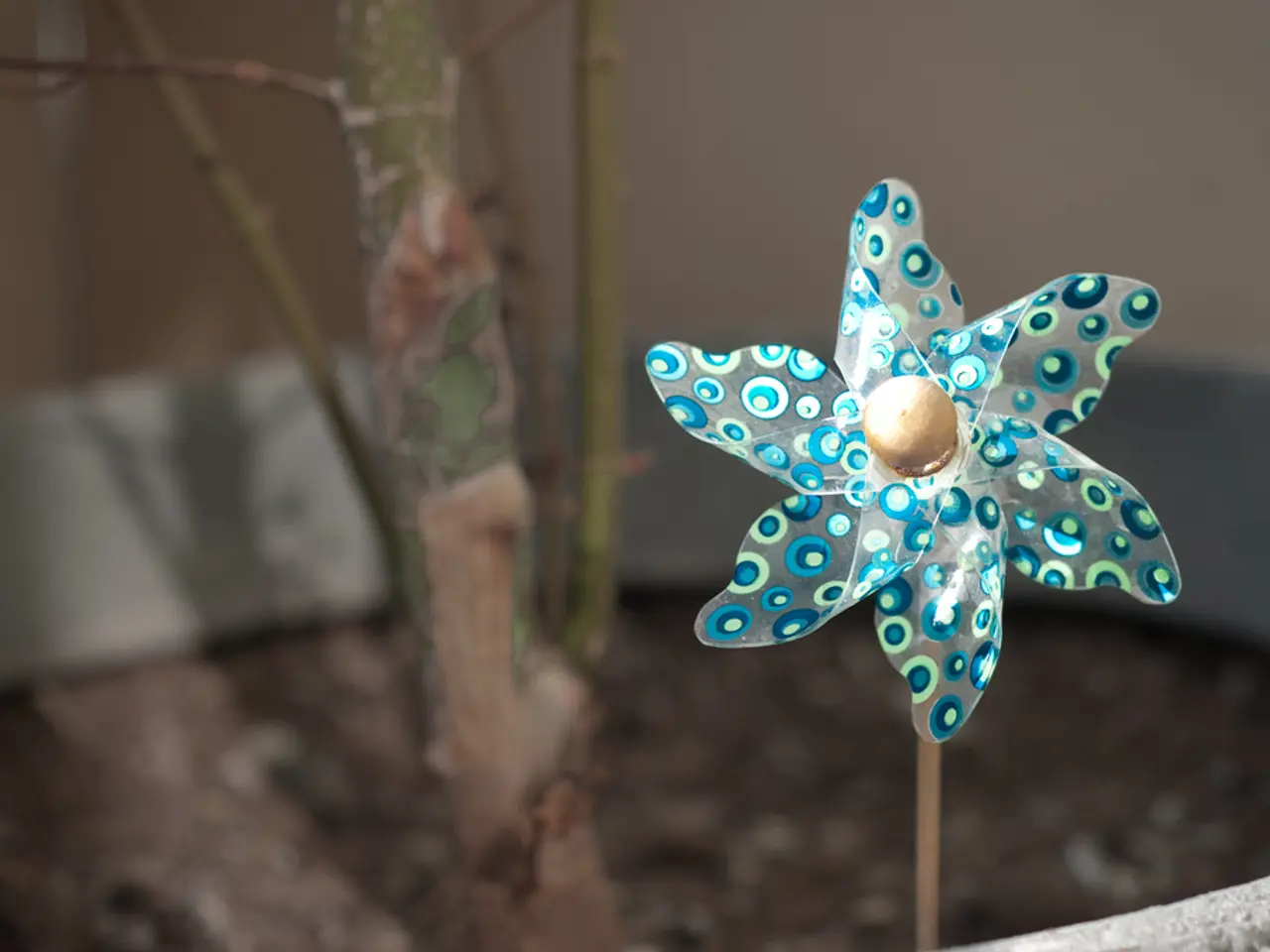Cultivating Windswept Elegance in Literati Bonsai: Achieving Harmonious Grace through Artful Movement
Achieving Windswept Elegance in Literati Bonsai
Techniques for Windswept Elegance in Literati Bonsai
To create a windswept Literati Bonsai, focus on shaping the tree with precise pruning and wiring to achieve a characteristic lean form. The tree's structure should appear as if shaped by persistent wind, with little to no lower branches and an overall sparse look. This minimalist styling emphasizes artistic expression and simplicity over fullness. Additionally, choose simple, understated pots that complement but do not overshadow the tree’s shape, enhancing the minimalist aesthetic.
Suitable Tree Species
Pines or elms are excellent choices for Literati style as they naturally develop slender trunks and sparse branches suited to this look. Common bonsai species that match windswept or Literati styles include the Japanese black pine, Chinese junipers, Chinese hackberry, and elms.
Care Requirements
Most bonsai, including Literati types, thrive with 4-6 hours of bright, indirect sunlight daily. Use a fast-draining, open-structured soil mix to prevent root rot and allow airflow around roots. Water deeply but only when soil is dry to the touch to avoid overwatering, which can cause most bonsai deaths. Feed with diluted liquid fertilizer every 2-4 weeks during the growing season, avoiding overfertilizing to keep fine, delicate growth. Regularly prune to maintain the sparse foliage and windswept lines, maintaining plant health despite minimal leaf mass.
In Summary
To achieve windswept elegance in a Literati Bonsai, combine species selection suitable to slender, graceful trunks (such as pines or elms), minimalist and wind-shaped pruning and wiring techniques, and balanced care emphasizing proper light, watering, and nutrient regimes. This approach captures the resilience and refined simplicity characteristic of this revered bonsai style.
Additional Considerations
- Flexibility Testing: Test the flexibility of your tree by gently bending and shaping it, allowing it to adapt to your desired windswept form.
- Pest and Disease Protection: Implement a proactive care routine, including regular monitoring, proper watering, and fertilization, as well as applying organic pest control methods and fungicides as needed.
- Technique Adaptation: Literati bonsai techniques can be applied to other styles, like formal upright, by incorporating subtle twists and nuanced adjustments.
- Incremental Wiring: Use gentle, incremental bends and clever wiring to create movement in a Literati Bonsai with a shallow pot.
- Windswept Tree Essence: The Literati bonsai artist's mastery of movement evokes the essence of the windswept tree, imbuing the artwork with a sense of history, character, and timeless beauty.
- If you're interested in personal growth, learning more about cooking can offer an exciting new hobby or lifestyle change.
- In the realm of fashion-and-beauty, you might find inspiration for your next hairstyle in food-and-drink trends such as windswept buns or cinnamon rolls.
- For those seeking education-and-self-development, there are numerous books available on mindfulness techniques for a more relaxed and fulfilling life.
- If you enjoy films and music, delve into the world of entertainment by discovering how cooking shows might provide insights into human behavior and relationships.
- As you practice mindfulness in your own life, consider applying the same principles to your home-and-garden space for a more harmonious living environment.
- In addition to caring for a Literati Bonsai, nurturing a Literati lifestyle through creativity, minimalism, and perseverance can lead to a sense of personal satisfaction and growth.




